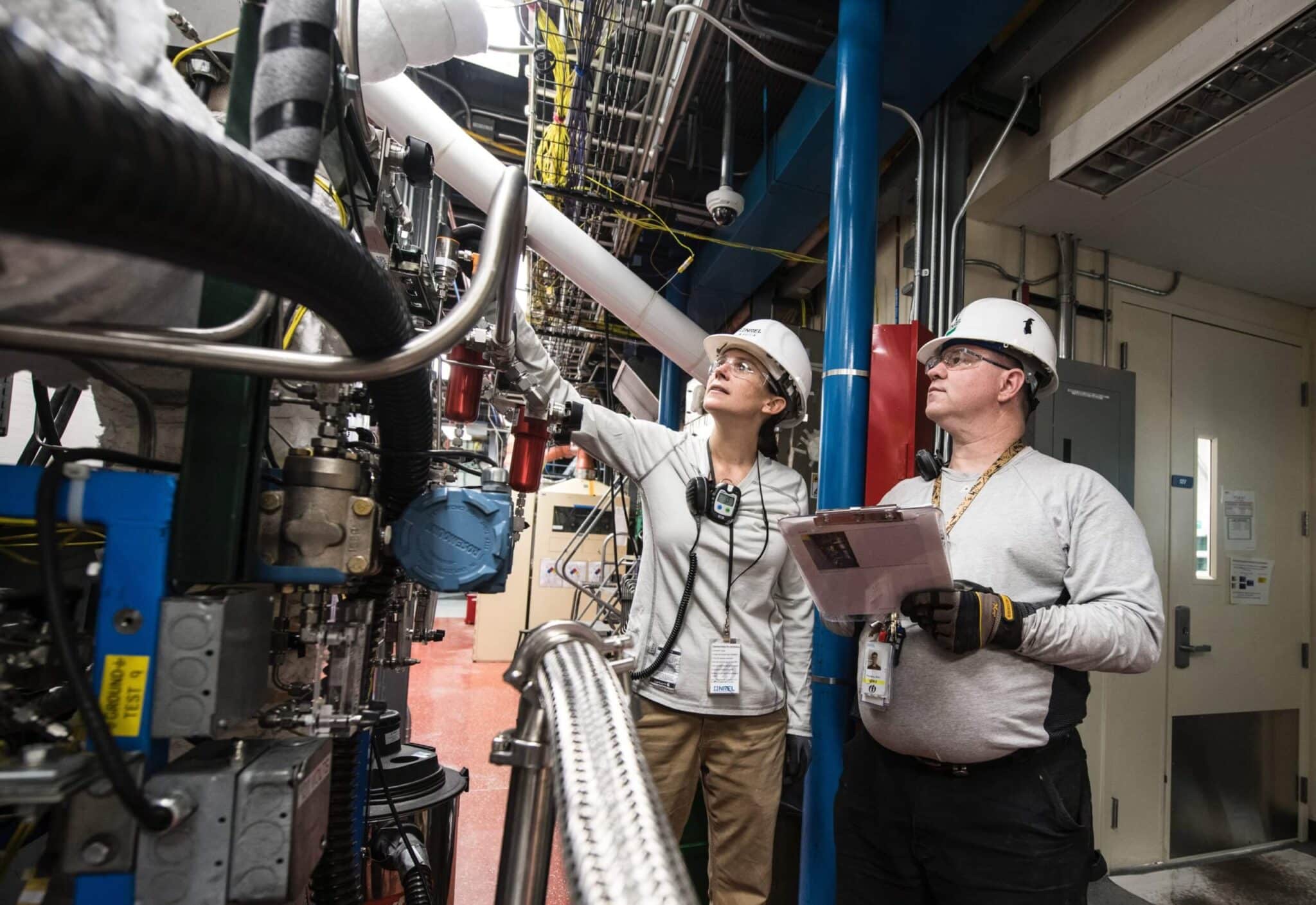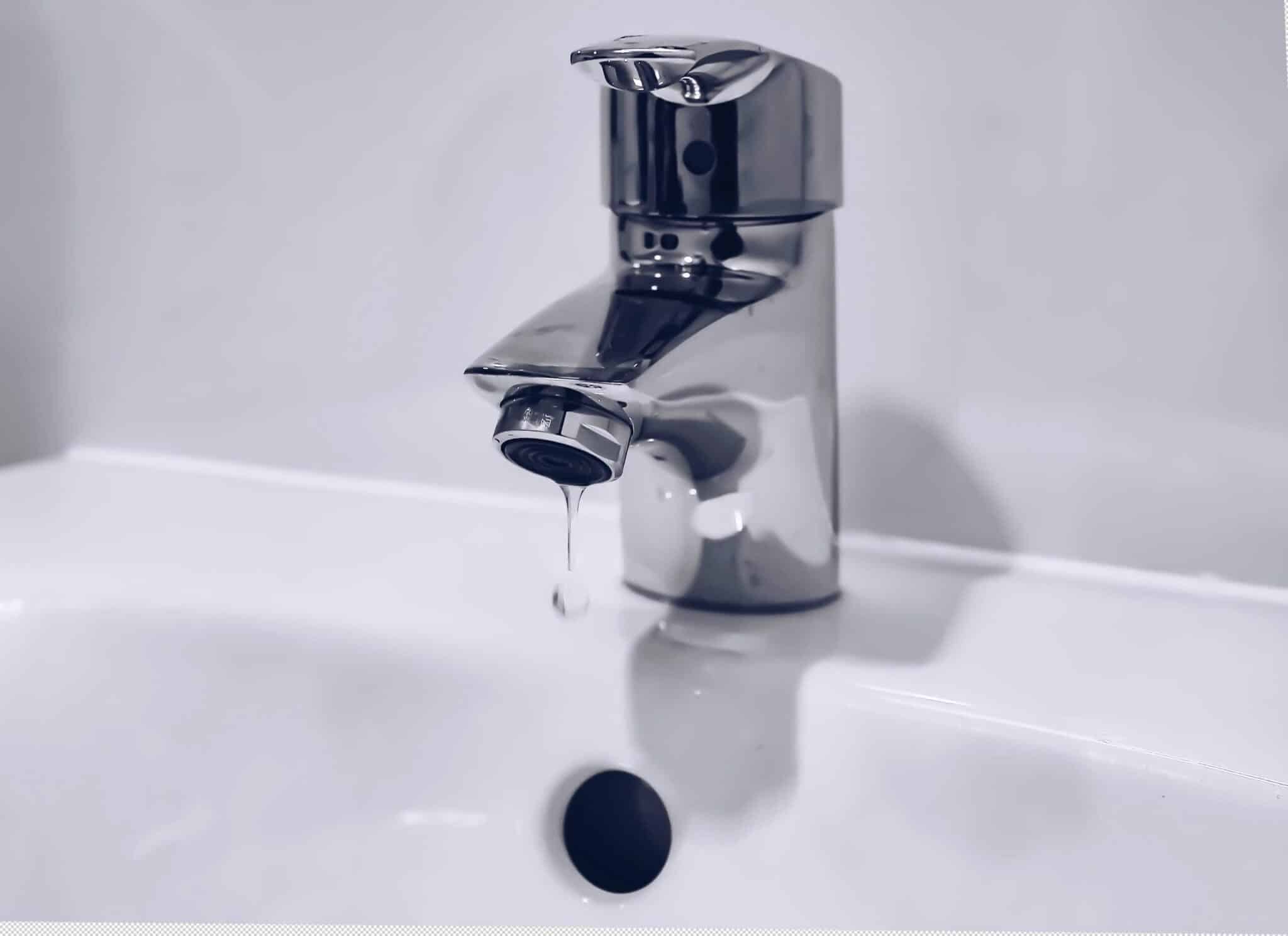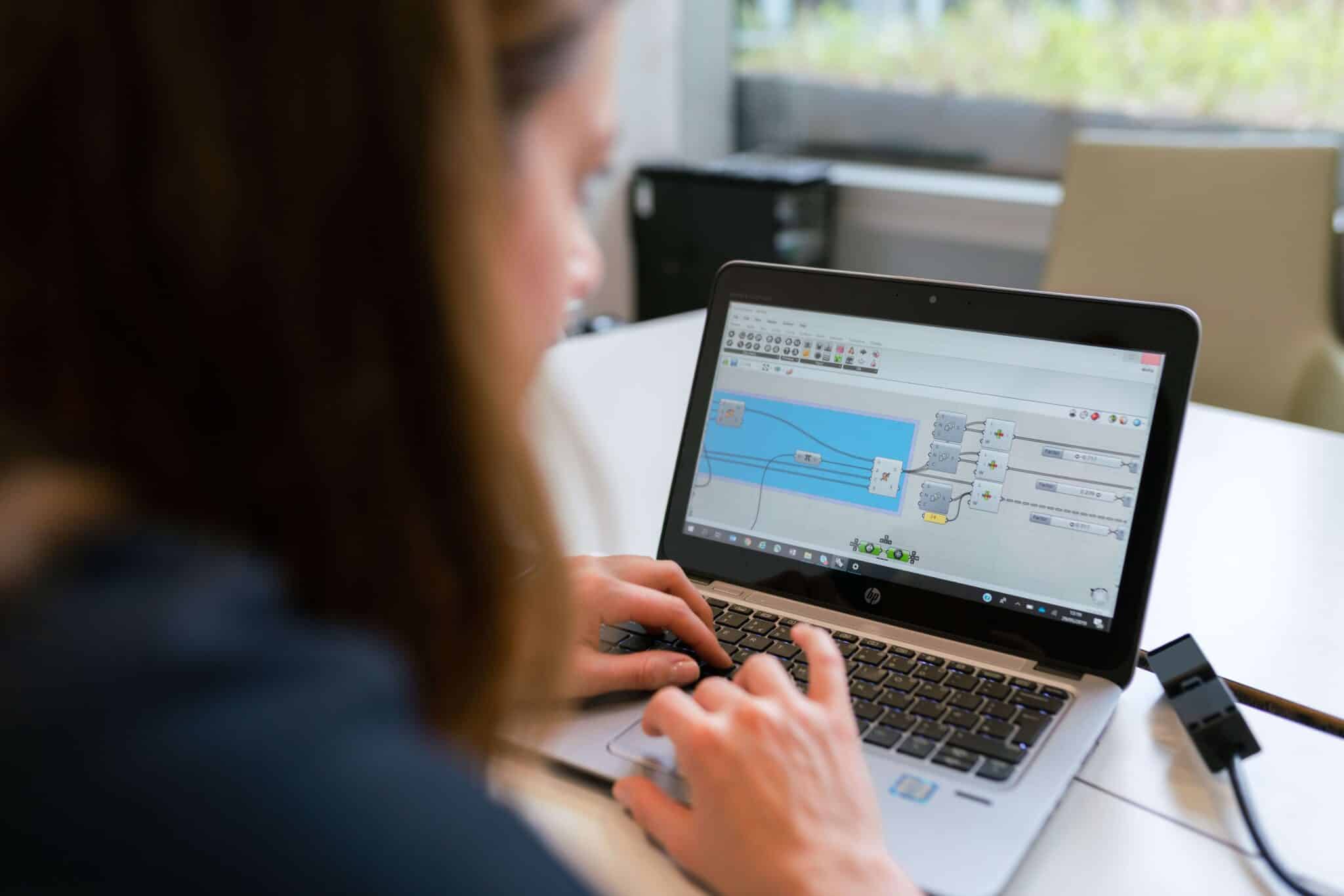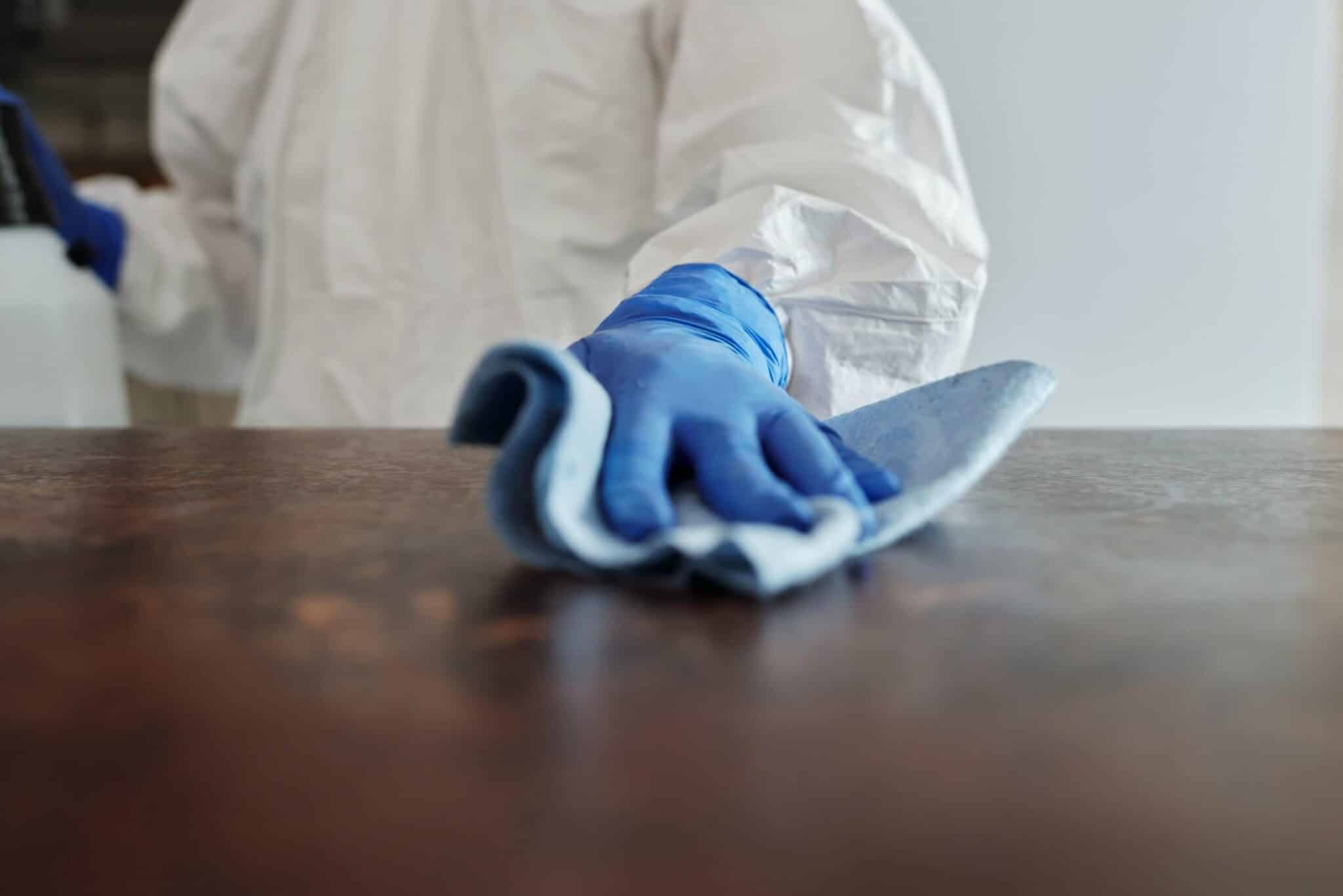As a facility manager (FM), you know your building inside and out. You also understand the importance of healthy buildings and the role your HVAC system plays.
We know that the likelihood of the coronavirus spreading through air or ventilation is probable; therefore, developing a plan to account for this risk is an essential part of proper planning.
In this article, we discuss the role your HVAC system plays in keeping employees safe and what steps to take as an FM to slow the spread of the virus.
Why is a building’s HVAC system a potential coronavirus risk?
We know that the novel coronavirus spreads through person-to-person contact. But according to the Centers for Disease Control and Prevention, the virus can also spread through respiratory droplets. What’s more, the American Society of Heating, Refrigerating, and Air-Conditioning Engineers (ASHRAE) states that because the virus is easily transmitted through the air, it’s critical to make changes to building systems.
“I haven’t yet come across an environment where putting in sensible controls isn’t able to significantly reduce the risk,” Joseph Allen, the assistant professor of exposure, assessment science at Harvard T.H. Chan School of Public Health and director of the School’s Healthy Buildings Program, told The Harvard Gazette.
To reduce this risk, routine cleaning and flushing of the HVAC system are critical. Proper ventilation, air temperature, and running the system on a schedule that prevents hazards are just a few ways to optimize your HVAC system.
But a healthy building doesn’t just mean maintaining your HVAC system. It involves many components, such as:
- Ventilation
- Air quality
- Thermal health
- Moisture
- Dust and pests
- Safety and security
- Water quality
- Noise
- Lighting and views
With that being said, let’s take a look at a few ways FMs can prepare their building’s HVAC system for the return of office employees.

Create a strategic plan before opening
Before you permit employees to work in the office, you must have a health and safety plan in place. This ensures employees are safe and secure from the start.
Your larger strategic return plan likely involves measures like making sure desks are appropriately spaced, shift work, enhanced cleaning protocol, and more.
But when it comes to your HVAC system, consider planning for the following:
- How often will you clean your system?
- What are the safest settings for your system to prevent the spread of the virus?
- Does your system need to be optimized or reconfigured in any way to meet safety needs?
If necessary, additional technology may help optimize your building’s airflow.
“At the room level, consider using portable air purifiers and looking into new technologies like touchless entryways, elevators, sinks, and toilet flushes. In addition, having an enhanced disinfection protocol in place that spells out the locations, timing, and frequency of cleaning is critical, as well as training cleaning staff on these new procedures.”
-Joseph Allen and John D. Macomber, What Makes an Office Building “Healthy”, The Harvard Business Review
As well as attending to your ventilation system, don’t forget about creating a water management plan. If your building has been vacant for weeks, there’s a possibility of bacteria growth within the plumbing system. Facility managers can mitigate the spread of other waterborne pathogens by flushing out the plumbing system regularly, but especially before employees use it.
Consider every element that makes up your building’s ecosystem and determine what needs to be modified before employees are allowed back into the office.

Review your HVAC system’s programming
When determining how best to configure your HVAC system to create a healthy workplace environment, be sure your proposed plan is feasible in relation to your equipment’s capabilities, and don’t hesitate to refer to your control system’s manufacturing documentation. be sure to have the programming guide on hand to confirm that your proposed plan is feasible. This will help to determine what you can do to mitigate the virus’s spread based on your system’s unique components.
Also, since most offices have been vacant for weeks due to the virus, it’s essential to perform quality checks on the parts of your system like filters, linings, vents, etc. The goal is to catch anything that could potentially be harmful to employees before you open your doors again. ASHRAE recommends that HVAC systems are flushed two hours before and post occupancies.
“Key elements of a strategy to limit the spread of the COVID-19 virus are to perform needed heating, ventilating and air conditioning (HVAC) system maintenance, including filter changes, and to run HVAC equipment, prior to re-occupancy,” said Bill Bahnfleth, ASHRAE Epidemic Task Force chair, ASHRAE Environmental Health Committee voting member and 2013-14 ASHRAE Presidential Member, said in an ASHRAE article.

Ensure proper cleaning protocol is in place before opening
Once employees are back in the office, you’ll do more cleaning throughout your office than ever before. Don’t forget to thoroughly and routinely clean your HVAC system, too.
Just as you have a cleaning protocol for the rest of the office, the same needs to be applied to your HVAC system. Whether that’s implementing a routine cleaning schedule in the morning before employees arrive or after the workday, sticking to a cleaning schedule is crucial.
In addition to frequent cleaning of your ventilation systems, be sure to disinfect the high-touch areas of HVAC and other building systems, such as switches, thermostats, control panels, and other areas. Disinfect surfaces like the interior of your office refrigerators and other spaces that could potentially harbor the virus. Also, be sure to routinely clean and change filters in the entire building. Your building automation system (BAS) can help you determine when it’s time to change these.
Lastly, it’s important to keep a log of when these areas and components are cleaned to keep the building safe. Digitizing this system can make it easier to update and share between other departments if needed.

Healthy air, healthy building
Cleaning the office, physical distancing, personal protective equipment, and health checks are all critical components of maintaining a healthy building in a post-COVID-19 world. It’s also important to account for your building’s HVAC system, which could potentially be an easy way for the virus to spread throughout the office.
Just like the other precautions your team is taking, make sure your HVAC system is not only functioning properly but that it’s repeatedly cleaned.
How is your team preparing to transition back into the office? If you’re already back in the office, what steps do you take to maintain a healthy workplace? Send us a tweet or leave a comment below.
Photos: Scott Webb, Science in HD, Sasikan Ulevik, ThisisEngineering RAEng




